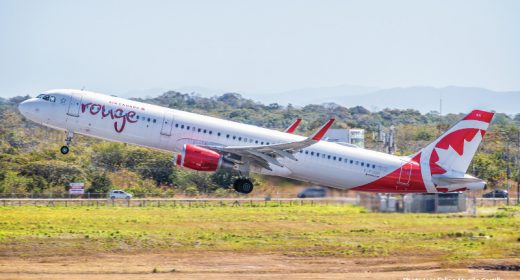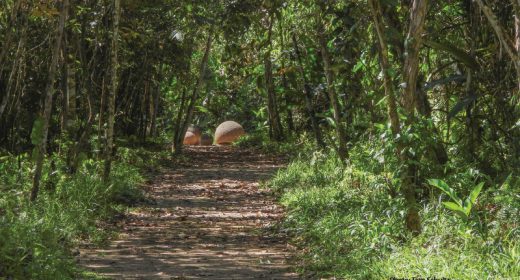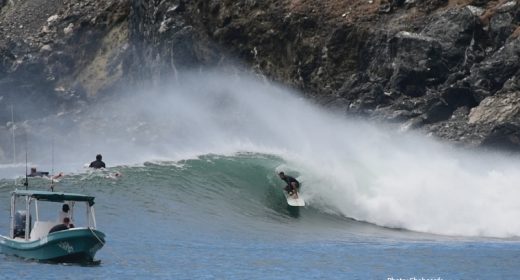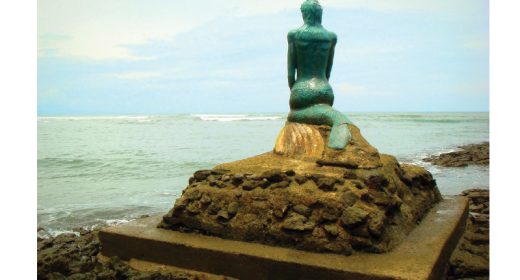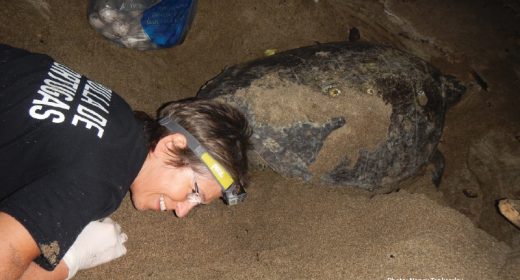
What To Expect – How To Handle Money In Costa Rica
- MAY 03, 2018Warning: count(): Parameter must be an array or an object that implements Countable in /home/howlermag/public_html/old/wp-content/themes/new-paper/includes/general.php on line 193
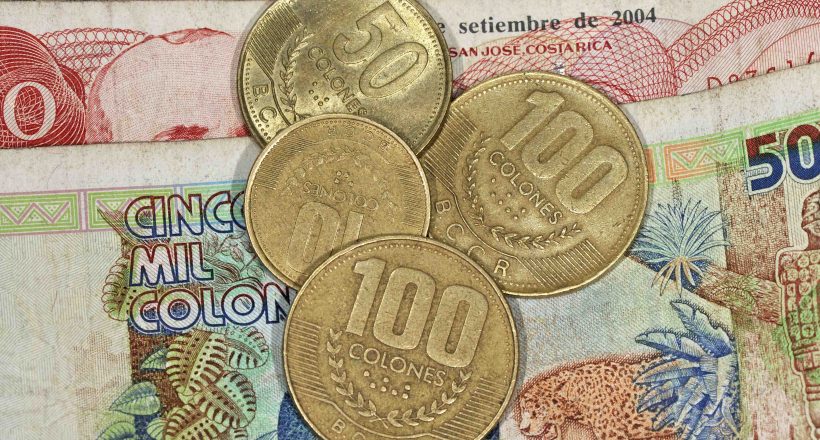
Your Lead Paragrpah goes here
Many visitors to Costa Rica wonder if they should bring a lot of cash when they come, where and how to change foreign currencies, and whether or not it’s best to use a credit card. Here’s some advice:
• Dollars are widely accepted here, so if you’re from the U.S., by all means bring dollars. If you’re not from the U.S., consider changing some of your currency to U.S. dollars before coming. But read on.
• Many businesses will not accept $50s or $100s, on suspicion that they may be counterfeit. It’s best to bring $20s, and smaller bills also come in handy for tipping or for small purchases.
• If you use dollars at most businesses, you will usually get colones in change at an unfavorable exchange rate. This is not a big deal when spending small amounts, and it’s fine to spend dollars on your taxi from the airport, but eventually you’ll want to change your dollars to colones.
• Do not change money at the airport, unless it’s a small amount, because the exchange rate is terrible. (And it’s even worse if you buy colones at the airport in your home country.) Find a Costa Rican bank and change your money there — and bring your passport, because you can’t change money without it.
• For years, there has been a simple rule of thumb that, roughly speaking, c500 is $1, c1,000 is $2, c5,000 is $10, c10,000 is $20, etc. So to calculate the exchange rate in your head for colones to dollars, you drop three zeros and double the number. This remains a popular way to make change at small businesses, and is useful for making rough calculations in your head. However, in recent years the colón has lost value against the dollar, so that now $1 is worth about c567. The upshot is that if a merchant on the street is selling a knickknack for c10,000, and you ask how much in dollars, he may say $20. But in fact it should be closer to $17.60.
• When handling coins, the rough 500-to-1 rule is useful for doing calculations in your head. If c500 is roughly $1, then c100 is roughly 20 cents, c50 is 10 cents, and the little silver-colored c5 and c10 coins are practically worthless.
• Often the best option for obtaining money in colones is simply to bring your debit card and use it to take money out of an ATM (“cajero”). All ATMs dispense money in colones, but some give you a choice of dollars, so if you’re given a choice, select colones. You may want to check with your bank first to see if your debit card will work in a foreign country.
• Credit and debit cards are widely accepted at most businesses, though you will occasionally find smaller restaurants or stores that don’t accept them. Some taxis can process cards and some can’t, so it’s best to ask. Be aware that most credit cards charge a 3 percent surcharge for foreign purchases, which can add up, but a few credit cards (like Capital One) do not. You may want to consider getting a card that doesn’t penalize you for being in a foreign country.
• Travelers checks are not recommended — they are accepted in very few places and they’re a hassle to buy in your own country and another hassle to cash in this one.

